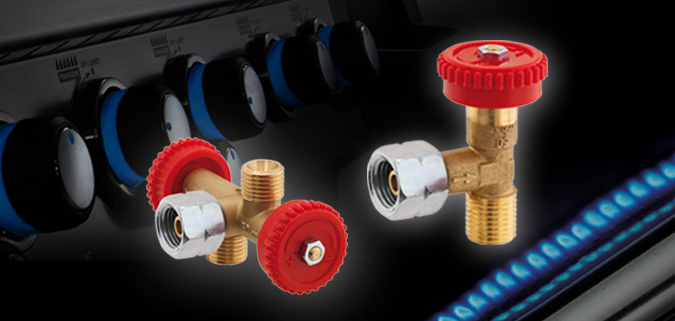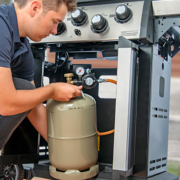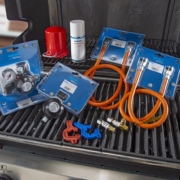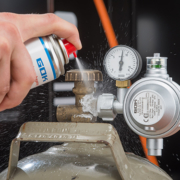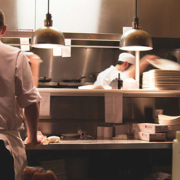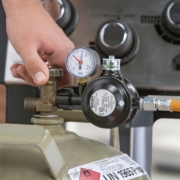How can I adjust the gas barbecue to 110 degrees to cook spare ribs and pulled pork?
Can you make spare ribs or pulled pork “low & slow” on the gas barbecue, i.e. cooking at a low temperature? Of course you can! But the problem here is often keeping the temperature on the gas barbecue constantly in the recommended range between 110 and 120 degrees Celsius – regardless of whether you have a gas barbecue from Broil King, Napoleon, Outdoorchef, Weber, or any other brand. It’s sure to work out with GOK products.
While some can’t really keep the temperature constant, others struggle with getting the temperature so far down that you can call it “low temperatures”. In other words: Some barbecues have so much power, even on their lowest setting, that they cannot sustain a temperature of 110 degrees for a long period of time with the cover closed.
Tinkering
Out come the tinkerers: Building spacers out of various materials to keep the cover a little bit open. The disadvantage here, especially for “low and slow” cooking: If the night gets colder or the wind picks up, the consistency of the temperature progression goes out the window. The temperature fluctuates too much, it becomes impossible to calculate the cooking time and the cook jeopardises the perfect result.
There’s no more need to mess around when you have a simple and reasonably-priced aid to do this for you. The control valve allows you to adjust the temperature rather precisely and constantly in advance. How does it work?
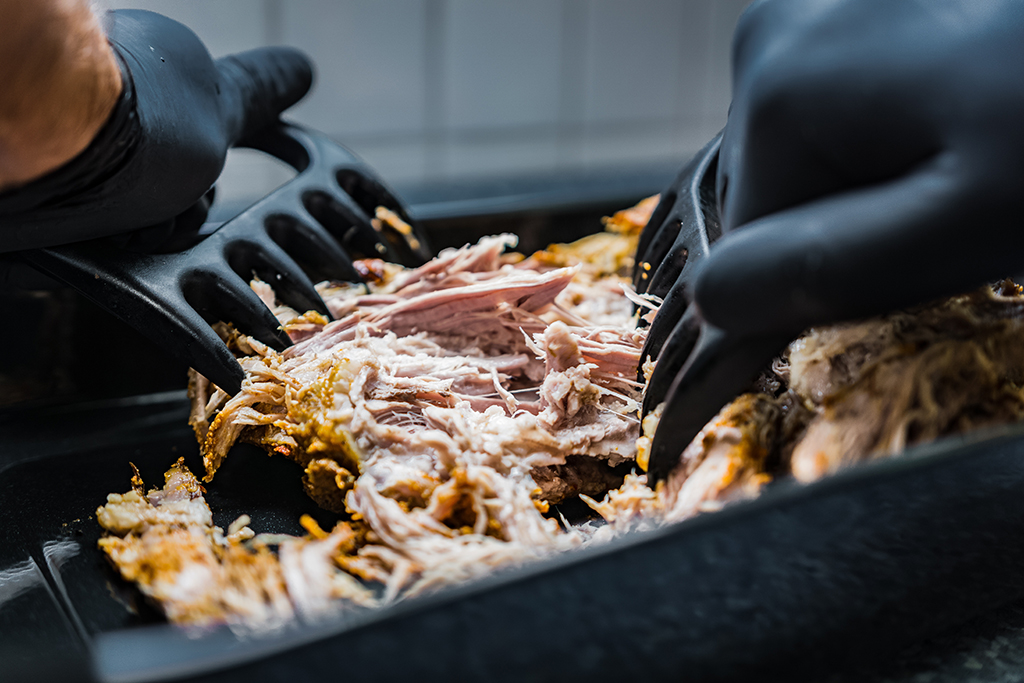
The solution
The cook installs the control valve between the pressure reducer – ideally the barbecue control valve from GOK – and hose assembly or upstream excess flow device. This control valve allows you to make very fine adjustments to the flow rate amount. That means that, there is the same pressure at the gas barbecue as before, but the valve allows less or more gas through – depending on the direction the dial is turned in. This allows you to control the flame intensity of the burners, and also regulate the temperature in the gas barbecue very precisely.
This is what it would actually look like to do this: The cook fires up their gas barbecue and brings the target temperature towards 110 degrees Celsius. From experience, most people probably know more or less how many burners should be on and at what level to maintain the temperature.
Tips for adjustments
Then you wait for a few minutes to see how the barbecue reacts – whether the temperature moves too far away from the desired 110 degrees Celsius. If, for example, you have already switched off two out of the three burners and have the third burner on the lowest level, but the temperature is still increasing above 120 degrees Celsius, this is when the GOK control valve can help.
Professionals on the control valve
Control the flow rate amount with the valve so that you are as close as possible to the 110 degrees Celsius mark. Don’t worry, this definitely works. The famous YouTubers, the Sizzlebrothers, swear by the control valve for preparing the perfect barbecued pulled pork:
Conclusion
Only a constant temperature guarantees the best results with the “low and slow” barbecue technique, for spare ribs, pulled pork or beef brisket, for example. And fine adjustments at the start of the barbecue guarantee this constant temperature. This is very easy with the GOK control valve, allowing the cook to control the gas volume with a great deal of precision.
This makes barbecues with a lot of power (too much power?) easier to control, or to adjust the majority of gas barbecues in terms of temperature – and consistency above all.
The valve is also available as a branch stop valve. This means that you could connect a second hose assembly to the valve and operate another barbecue at the same time. Of course, when doing so, you should also be aware of how much gas you can withdraw from a single gas cylinder:
